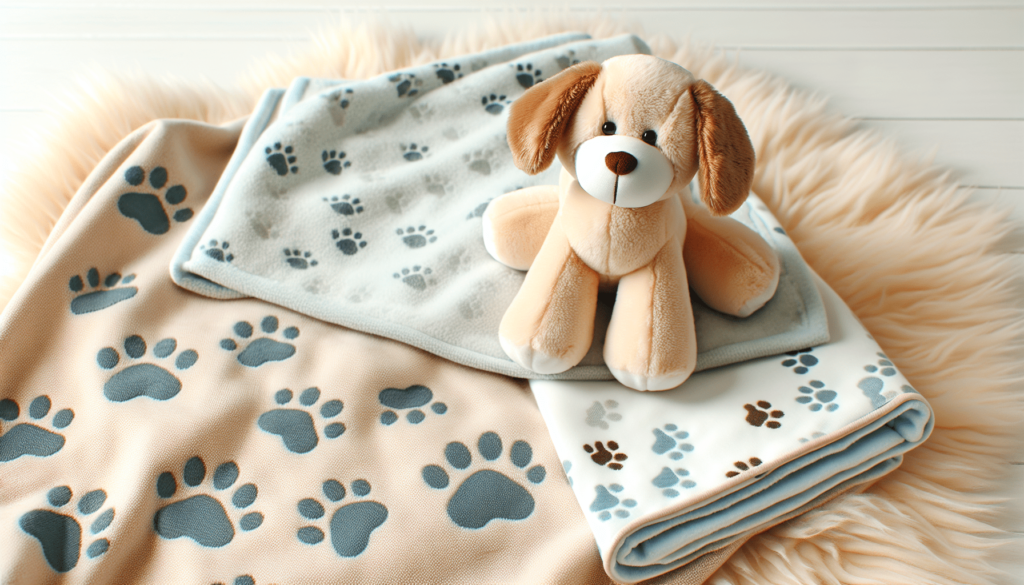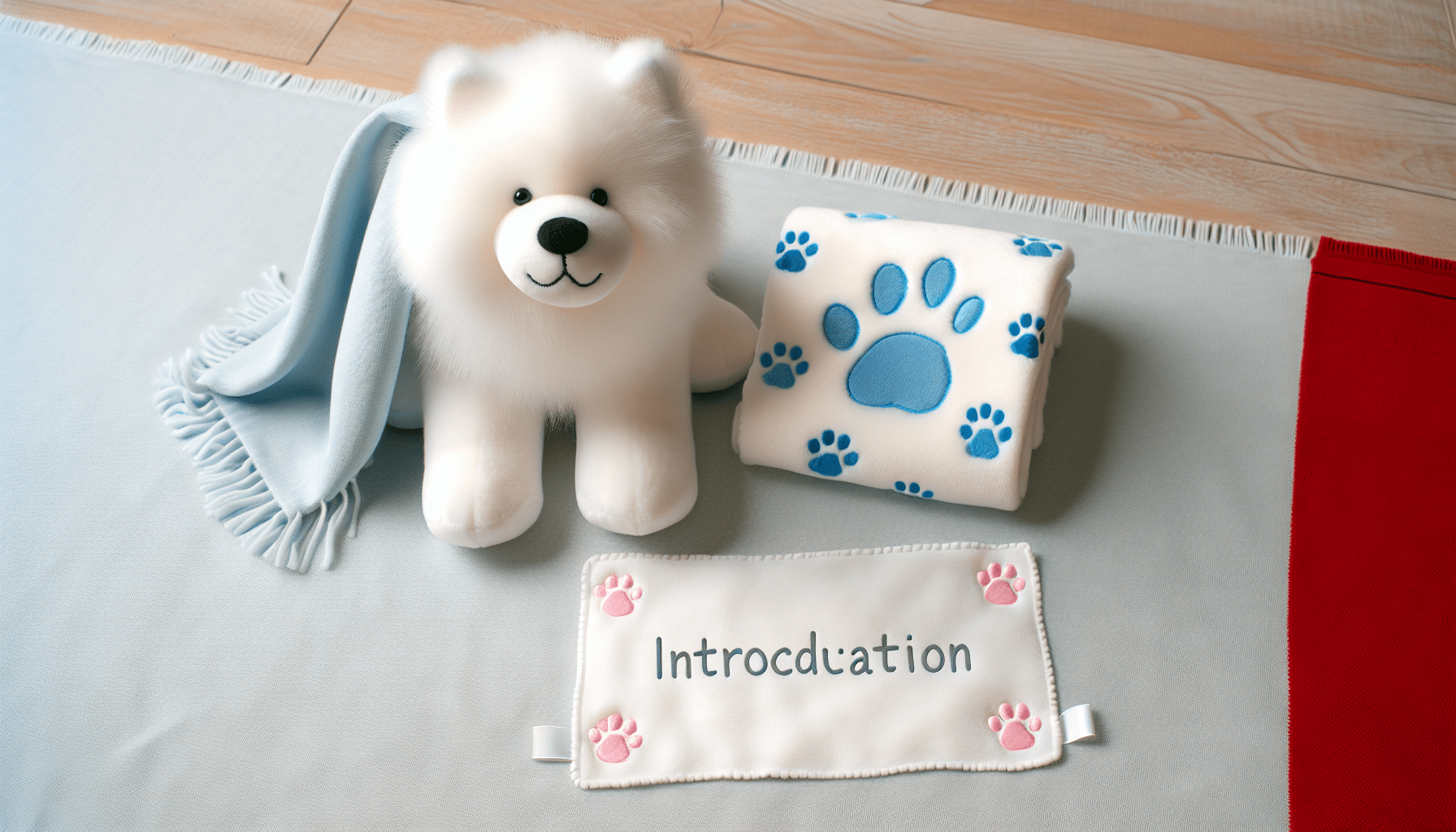Congratulations on your newest addition to the family! As you prepare for the arrival of your new baby, it’s important to also consider how your dog may react to the change. Dogs are sensitive creatures and may feel confused or anxious when a new baby enters the picture. In this article, you will learn practical tips and strategies on how to help your beloved furry friend adjust to the new addition to your family. By following these guidelines, you can ensure a smooth and harmonious transition for both your dog and your new bundle of joy.
How To Help Your Dog Adjust To A New Baby
Are you expecting a new baby and worried about how your furry friend will react? Don’t worry, with some planning and patience, you can help your dog adjust smoothly to the new addition to your family. Follow these tips to ensure a smooth transition for everyone involved.
Understanding Your Dog’s Behavior
Before you bring your new baby home, it’s essential to understand how your dog might react to the change in the household. Dogs are creatures of habit and can be sensitive to changes in their environment. It’s crucial to be aware of any signs of stress or anxiety in your dog, so you can address them before the baby arrives.
Signs of Stress in Dogs
- Increased whining or barking
- Change in eating or sleeping patterns
- Withdrawal or avoidance behavior
- Destructive behavior
If you notice any of these signs in your dog, it’s essential to address them promptly to prevent any negative behaviors when the baby arrives.
Preparing Your Dog for the Arrival of the Baby
Getting your dog ready for the new addition to your family is essential for a successful transition. By gradually introducing your dog to the changes that will occur, you can help them feel more comfortable and less anxious when the baby arrives.
Change in Routine
Start making small changes to your dog’s routine to prepare them for the baby’s arrival. This can include adjusting feeding times, walking schedules, and playtime to match what it will be like when the baby is home.
Introducing Baby Items
To help your dog get used to the new baby items, gradually introduce them into the household. This can include bringing home items such as baby clothes, toys, and furniture so your dog can get familiar with the new scents and objects.

Training Your Dog for the Baby’s Arrival
Training your dog to behave appropriately around the new baby is crucial for a smooth transition. Start incorporating training sessions that focus on obedience, boundaries, and desensitization to baby-related sounds and movements.
Obedience Training
Enforce basic commands such as sit, stay, and leave it to ensure your dog follows instructions around the baby. This will help prevent any unwanted behaviors and create a positive relationship between your dog and the baby.
Boundaries
Establish boundaries around the baby’s room and designated areas where your dog is not allowed. Use baby gates, crates, or baby-proofing items to create a safe space for both your dog and your baby.
Desensitization
Expose your dog to baby-related sounds, such as crying or cooing, to help them get used to the noises before the baby arrives. You can also use baby dolls to simulate movements and interactions to prepare your dog for the real thing.
Introducing Your Dog to the Baby
When it’s time to bring your baby home, it’s essential to introduce your dog to the new family member gradually and in a controlled environment. By following these steps, you can ensure a smooth and safe introduction between your dog and the baby.
Controlled Introduction
Allow your dog to sniff the baby’s scent on a blanket or clothing before the baby arrives home. This will help your dog get familiar with the baby’s scent and reduce any anxiety or excitement when they finally meet.
Supervised Interaction
When it’s time for your dog to meet the baby, keep the interaction supervised and controlled. Use a leash to restrain your dog if necessary and reward them for calm and positive behavior around the baby.
Positive Reinforcement
Reward your dog with treats, praise, and affection when they exhibit calm and gentle behavior around the baby. This will help reinforce positive interactions between your dog and the new family member.

Monitoring Your Dog’s Behavior
After the initial introduction, it’s essential to monitor your dog’s behavior around the baby closely. By observing their interactions and making adjustments as needed, you can ensure a safe and harmonious relationship between your dog and the new baby.
Observation
Keep an eye on your dog’s body language, behavior, and reaction to the baby to identify any signs of stress or discomfort. This will help you address any issues promptly before they escalate.
Supervision
Always supervise interactions between your dog and the baby to prevent any unwanted behaviors or accidents. Never leave your dog alone with the baby, especially in the early stages of their relationship.
Adjustment
Make adjustments to your routine, training, and environment as needed based on your dog’s behavior. This can include reinforcing boundaries, providing more exercise or mental stimulation for your dog, and seeking professional training or behavior advice if necessary.
Seeking Professional Help
If you’re struggling to help your dog adjust to the new baby or if you notice any concerning behaviors, don’t hesitate to seek help from a professional dog trainer or behaviorist. They can provide guidance, support, and personalized training plans to help you and your dog navigate this significant life change.
Finding a Professional
Look for a certified dog trainer or behaviorist who has experience working with dogs and babies. Ask for recommendations from your veterinarian, friends, or family members who have gone through a similar transition with their pets.
Training Sessions
Schedule training sessions with a professional to address specific behavior issues or concerns with your dog. They can provide guidance on training techniques, behavior modification, and strategies to help your dog adjust successfully to the new baby.
Consistency
Follow the trainer’s recommendations and guidelines consistently to ensure a positive outcome for both your dog and the new baby. Consistency is key when it comes to training and behavior modification, so be patient and persistent in your efforts.
Conclusion
Bringing a new baby into your home is a significant life change for everyone, including your furry friend. By taking the time to prepare your dog, train them appropriately, and monitor their behavior around the baby, you can help them adjust smoothly to the new addition to your family. Remember to be patient, understanding, and proactive in addressing any issues that arise, and soon enough, your dog will become the loyal and loving companion to your new baby.

